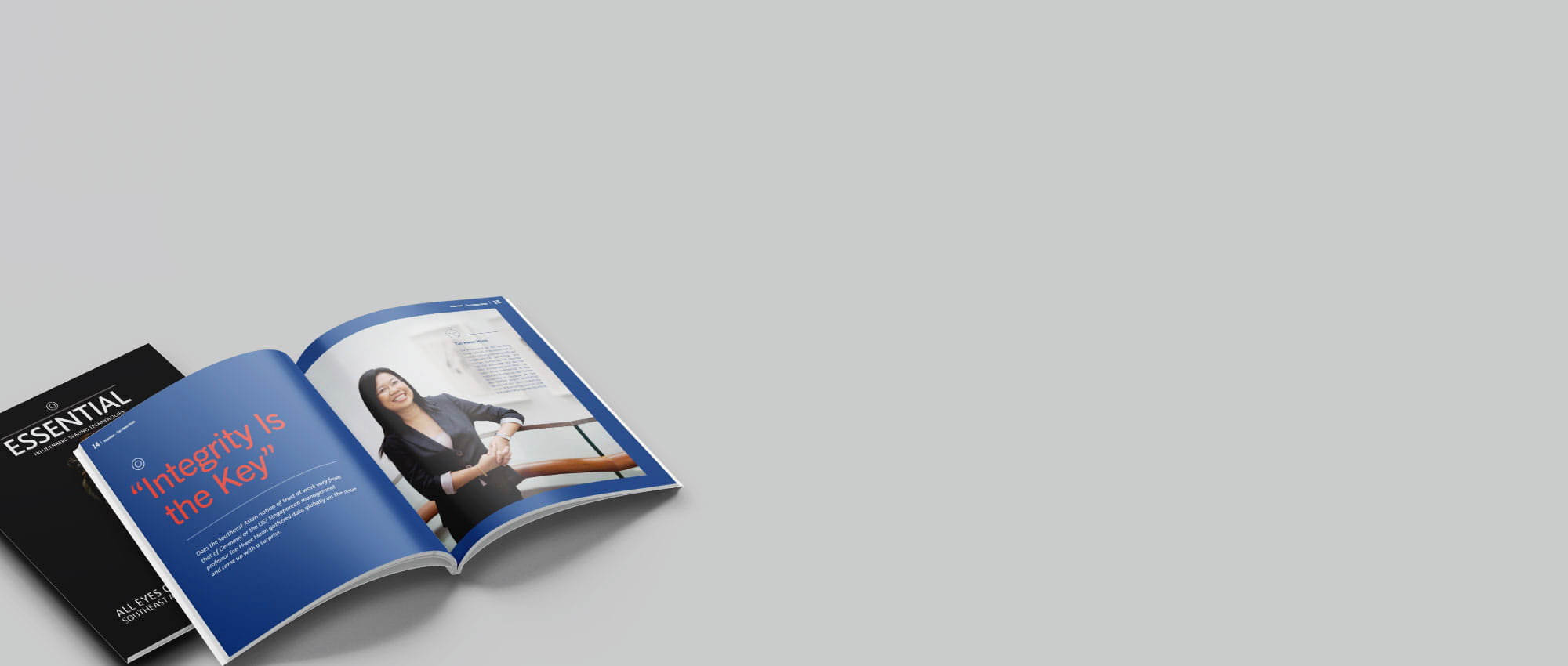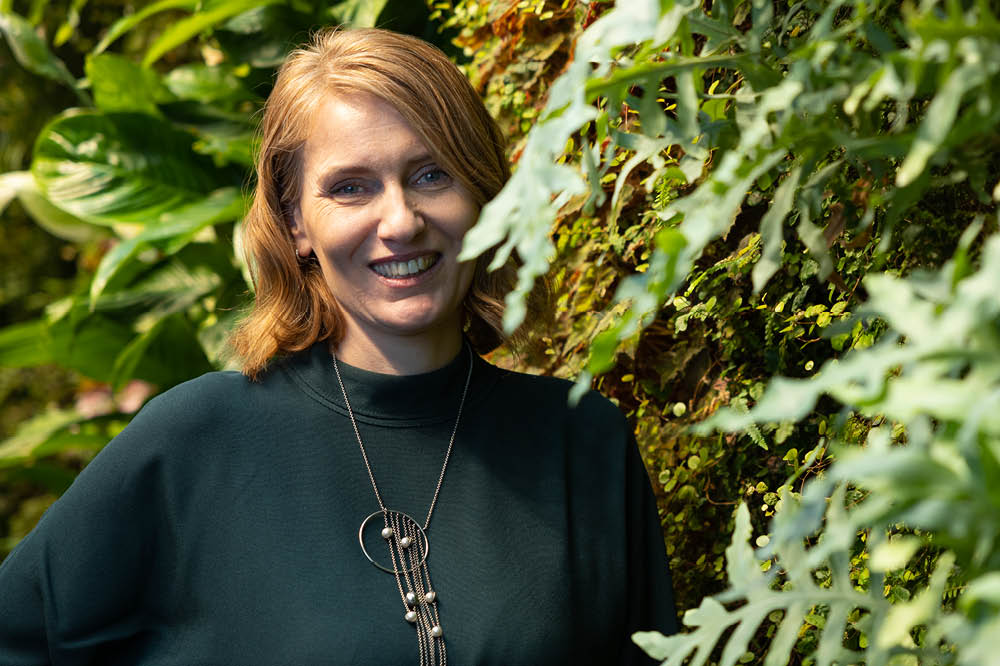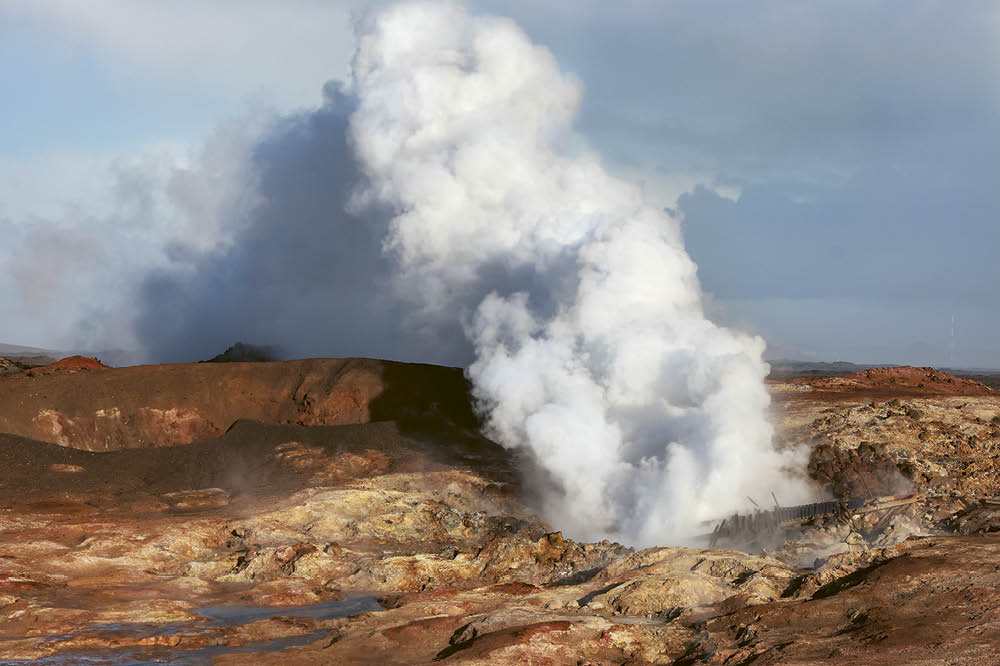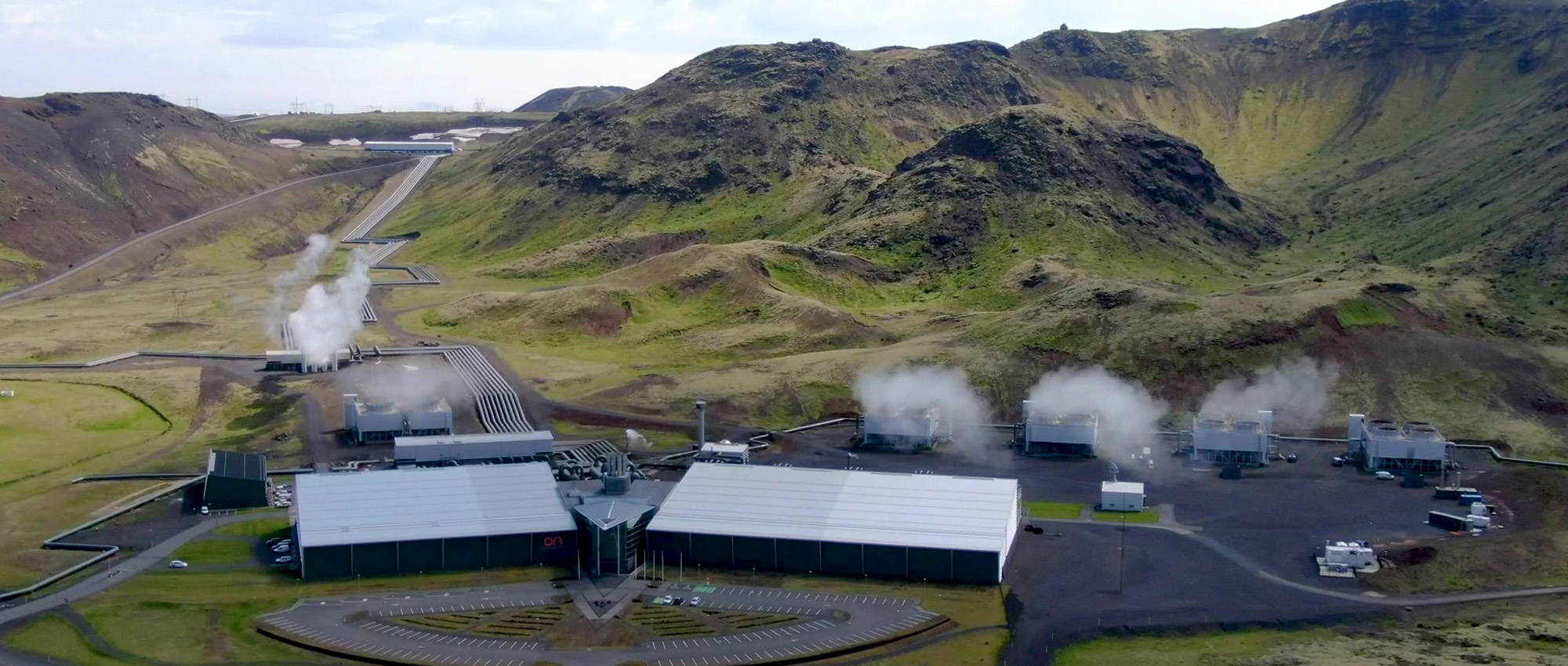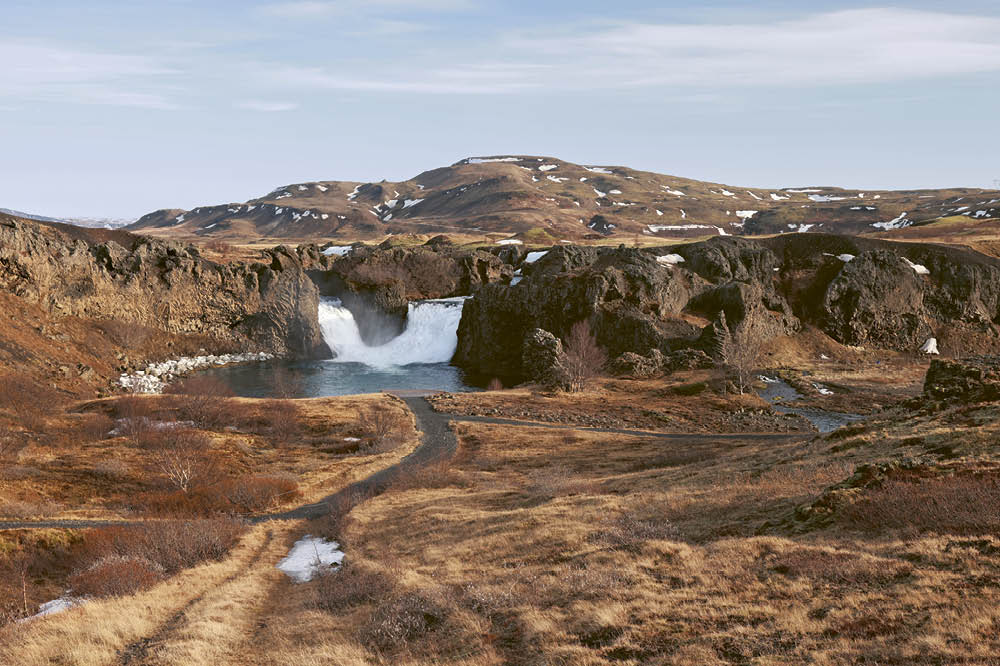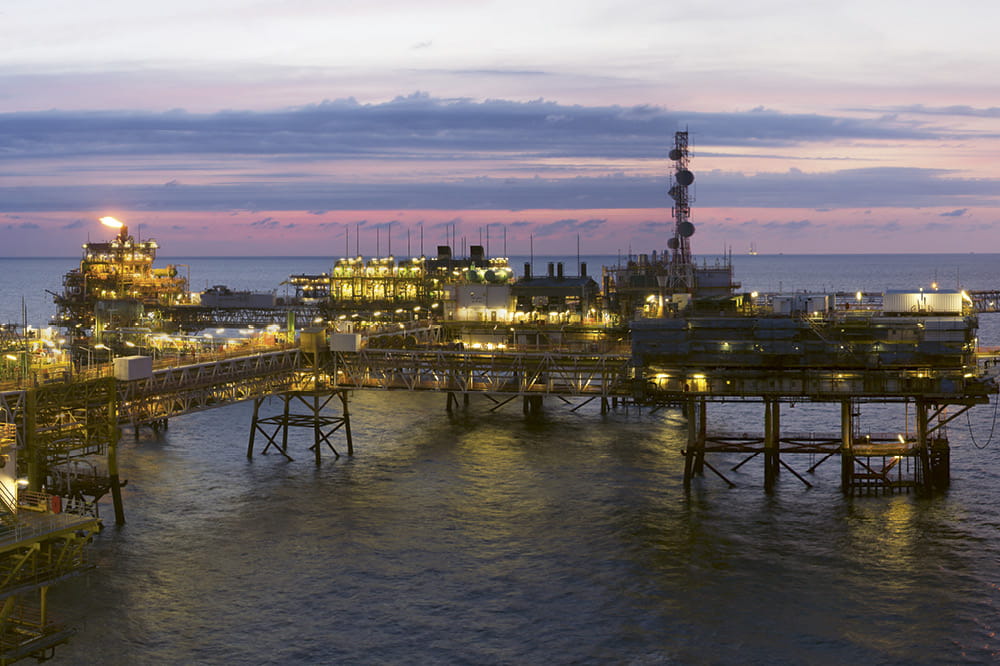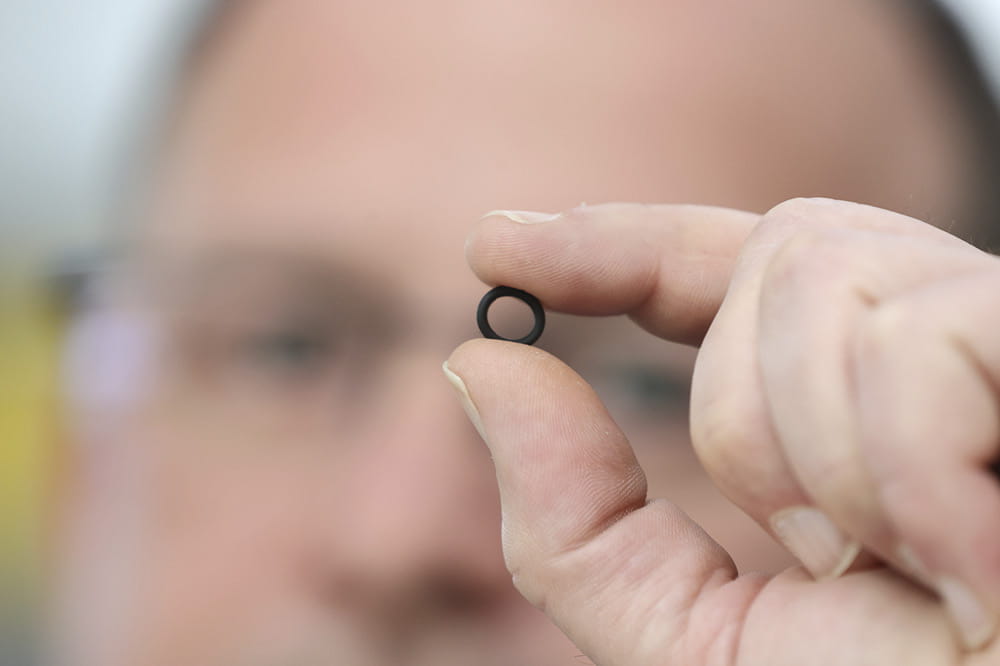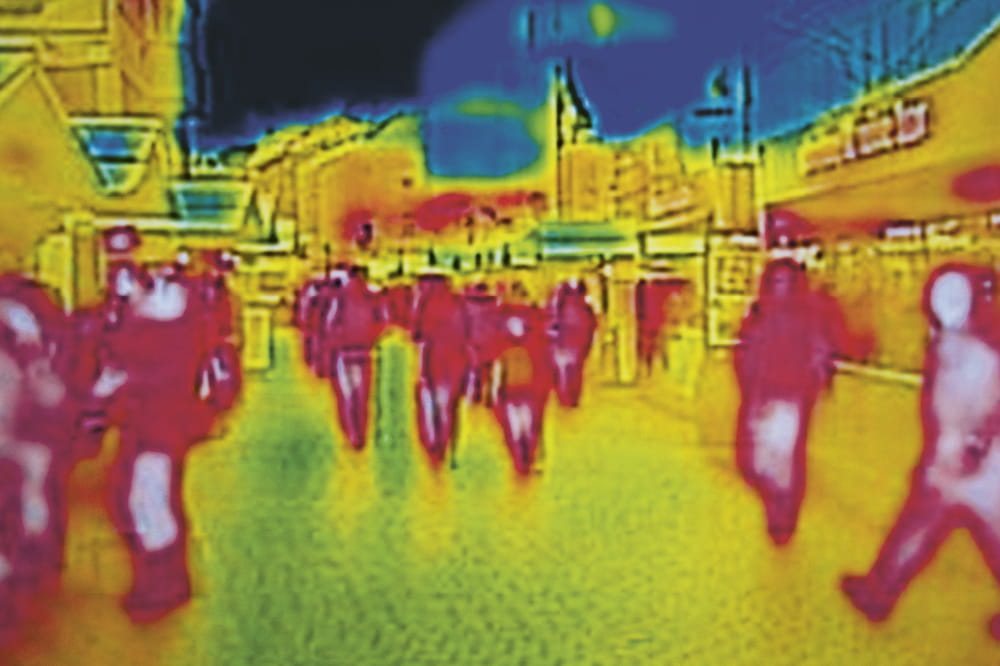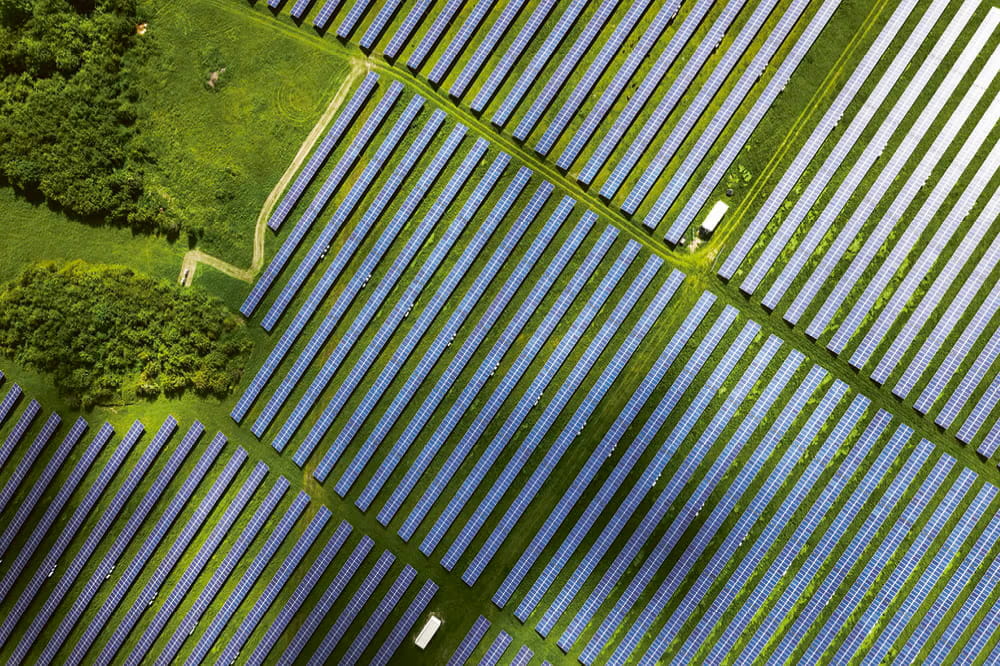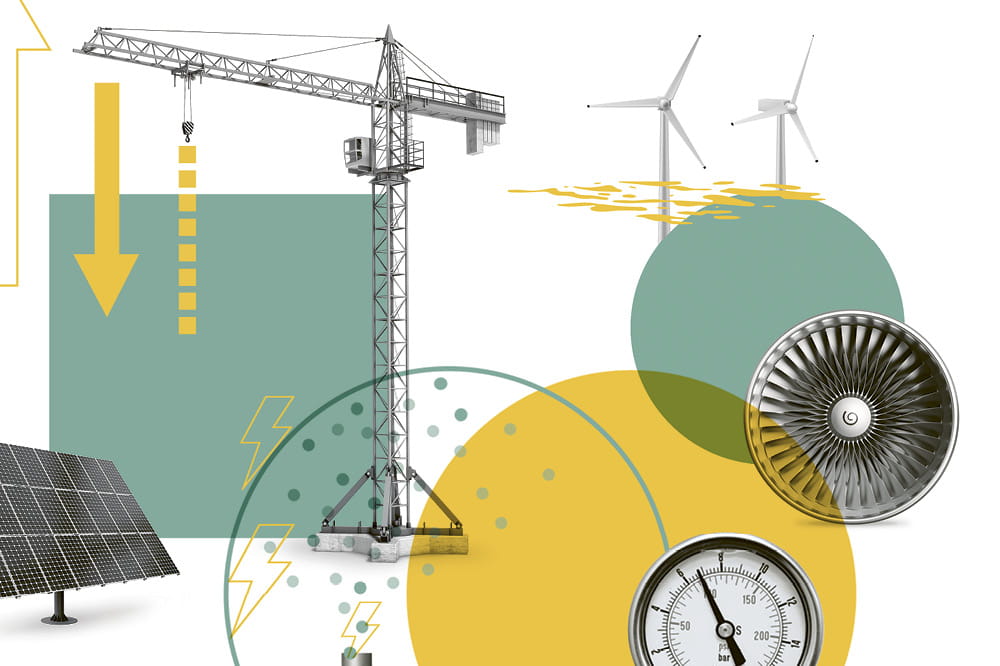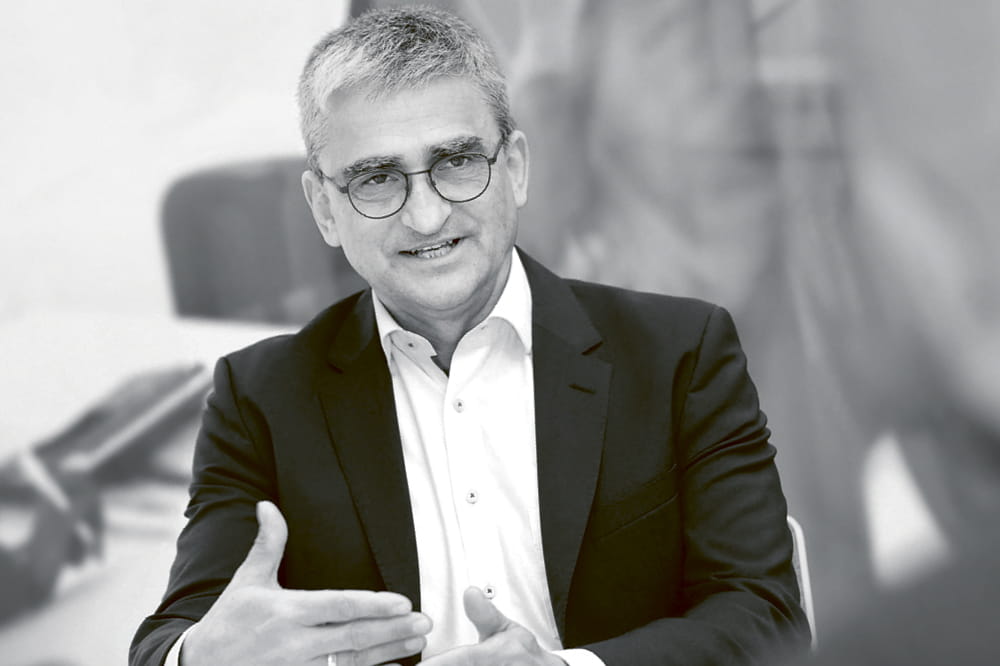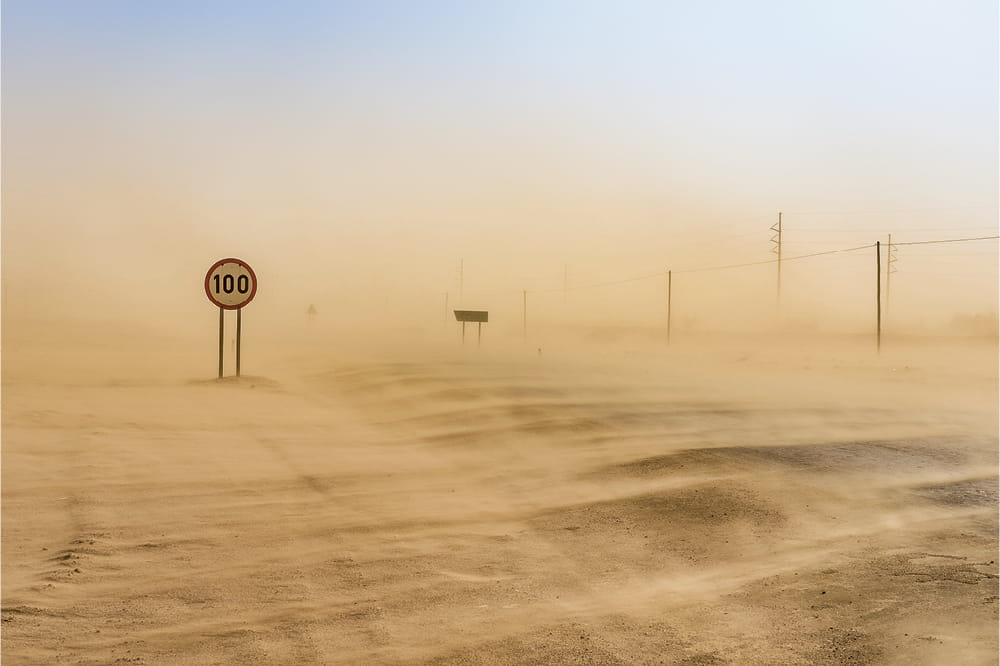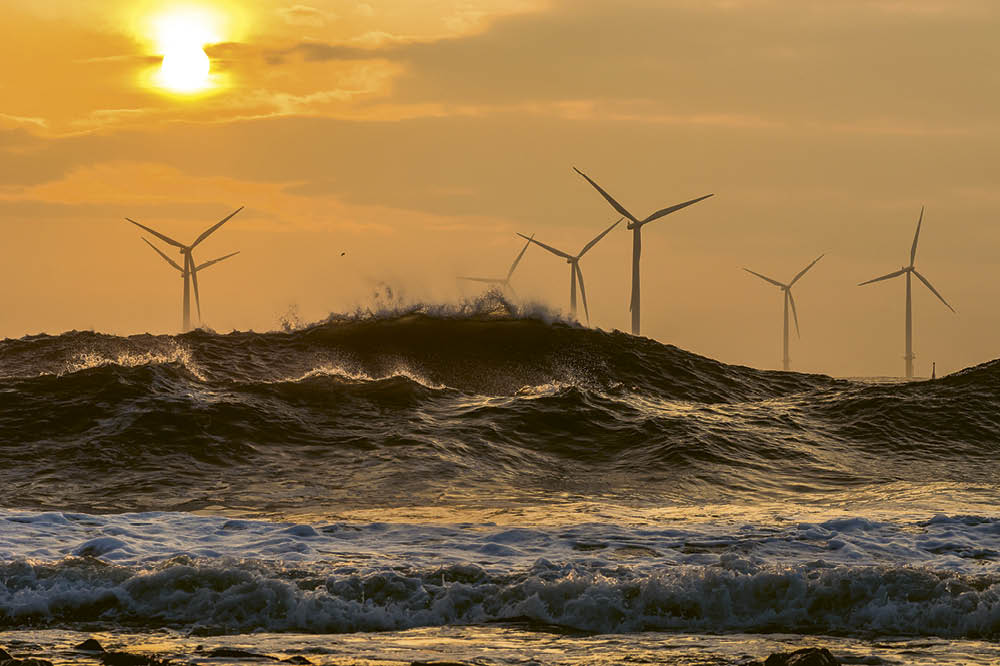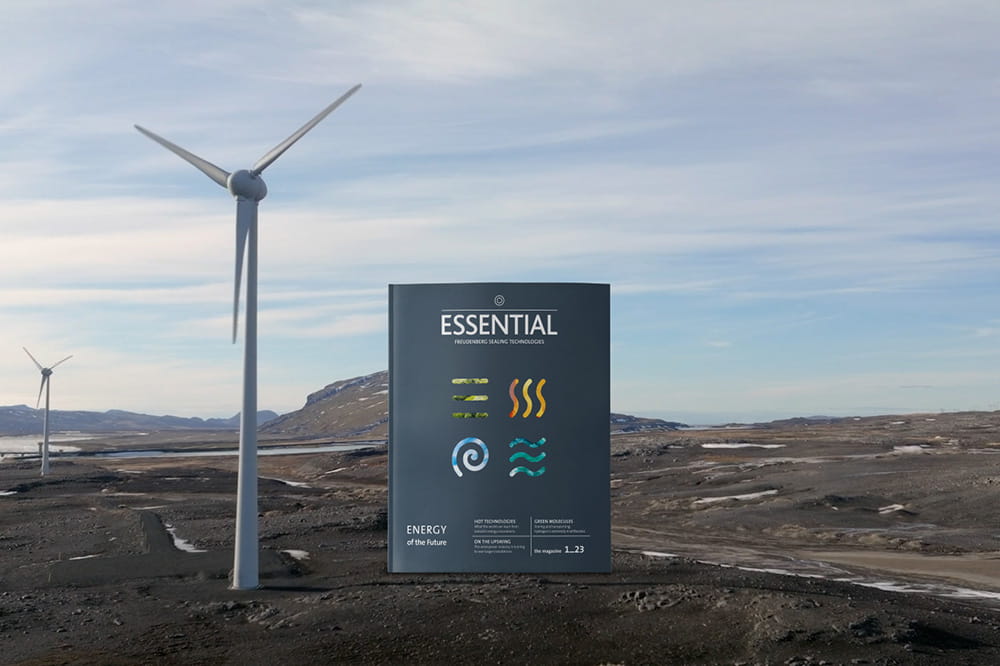Obtain news and background information about sealing technology, get in touch with innovative products – subscribe to the free e-mail newsletter.
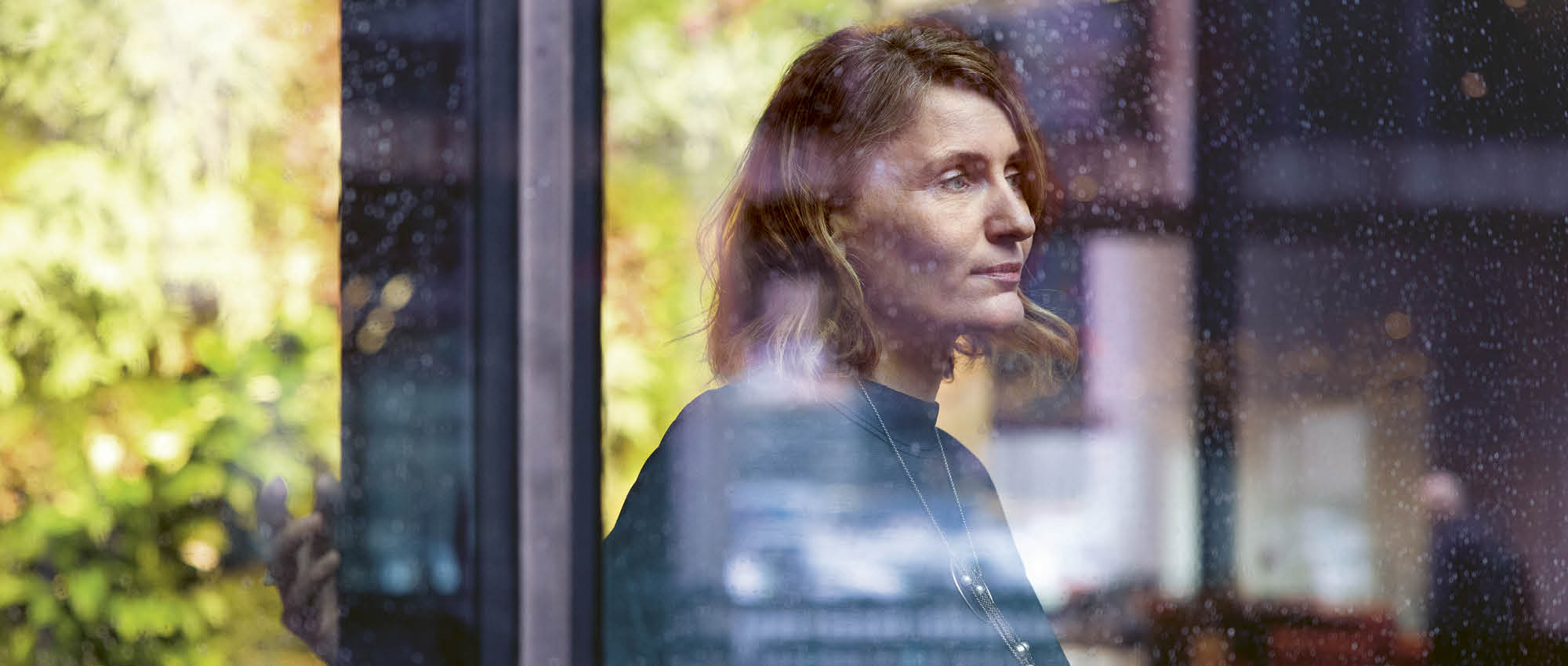
"Geothermal Energy is a Hidden Treasure"
Nearly all the electricity in Iceland comes from renewable sources. Is that just a peculiarity – or is it something that the island nation can teach the world? Nótt Thorberg is Director of the “Green by Iceland” platform, which plans to export know-how and promote cooperation and investment. A conversation about hot springs, innovation, and energy guzzlers.
Mrs. Thorberg, how did Iceland end up generating 85 percent of its energy sustainably?
Thorberg: We have taken a very unusual path over the last 100 years. It was not so long ago that we were one of the poorest countries in Europe – and, as an island, we were also isolated geographically. Our development basically emerged from crisis. First after World War I and later during the oil crisis in 1973, when the price of oil skyrocketed and, Icelanders decided that local, geothermal resources were a better bet for energy security than imported coal and oil.
Nótt Thorberg
Nótt Thorberg is Director of “Green by Iceland,” which collaborates with “Business Iceland” on the export of Iceland’s know-how and expertise on energy and green solutions and attracting investors – in this case with a focus on sustainable innovations. Thorberg was previously with Icelandair and worked for the leading global provider of food processing equipment, Marel, prior to that. She holds an MSc degree in Marketing from the University of Strathclyde.
An energy crisis is playing out today as well…
Thorberg: That’s right. Back then, Icelanders had been using hot springs for bathing and washing clothes for centuries. The name Reykjavik even means “smokey bay” due to its steaming water. At first, geothermal energy was only used to heat houses. Today, however, heating accounts for 60 percent of our energy use. The idea to use geothermal as a source of electricity was new. It was a resounding success, making it all look easy in hindsight. But decisions had to be made, the country had to make investments and take on the risks of researching and expanding technology. In return, we now have very deep and comprehensive knowledge of geothermal energy.
Two continental plates extend diagonally through Iceland. Temperatures rise to more than 300°C ( 572°F) at the Gunnuvher geothermal area below the volcano of the same name.
Iceland is thus quite a special case.
Thorberg: Wait a moment. That’s only half true. To be honest, geothermal energy is a hidden treasure. It is the world’s most incredible secret. If you look at a map and see how many countries in the world could use geothermal, you might be surprised. There is potential on every continent. California is a classic example. The U.S. government has announced programs in this area. But this is not just an issue along the tectonic plates where an exceptional amount of heat is produced. There are also opportunities in many countries in Europe, and in large cities like Munich and Paris, to name a couple. Furthermore, even 50°C (106°F) water is hot enough to be useful. Geothermal heat is everywhere, and many industries require heat for their processes, such as greenhouses, aquaculture, and the cement and limestone industries.
Why are so few countries turning to geothermal?
Thorberg: That’s a fascinating question. As far as I know, there are now at least 80 countries that use geothermal energy, but very few on a large scale. I believe a transformation of this kind just takes time. Change takes time. It has cost societies a great deal of effort to switch from coal to gas. These types of shifts are always associated with increased investment and innovation. As I said, the government took on a pioneering role in Iceland. Today, the entire society is benefiting. And we have more than 200 public hot spring spas in our country. Our most important social discussions take place in hot water.
It is striking that Iceland uses comparatively little wind energy.
Thorberg: There is a great deal of movement in the sector. Wind energy will become part of our portfolio. The government is preparing the legal framework. We aim to be carbon neutral and fossil fuel free by 2040. But once again, this shows how challenging it is to transition to new forms of energy. That applies to us as well and we can learn a few things about wind energy from other countries like Denmark and Norway.
With its abundant energy, Iceland has also attracted energy-intensive heavy industry, which isn’t necessarily sustainable.
Thorberg: You have to look at this in the context of the time. The first aluminum smelter was built in 1969. It was urgently needed to compensate for the declining fishing industry. We had the ability to harness other natural resources, which attracted foreign investors, and this fast tracked our path to modern society.
But the metal industry, in particular, was not uncontroversial. It’s not exactly environmentally friendly.
Thorberg: There are several sides to it. Aluminum smelters chose to locate in Iceland to make use of renewable energy and make aluminum that has a lower carbon footprint than when produced elsewhere. Today, aluminum produced with renewable energy is in huge demand in the global market. More and more companies are looking at sustainable supply chains. I think every country must ask itself how to best use its resources. Incidentally, digitalization can help us become even more efficient.
In what ways?
Thorberg: By helping with forecasting and optimizing systems, for example. I worked for an airline previously. The job involved a lot of optimization effort and thinking ahead. You can approach the energy issue in the same way. How much energy will we need and how can we make the best use of it? Smart solutions will enable companies to optimize entire value chains across industries.
But decisions had to be made, the country had to make investments.
Iceland is currently attracting new kinds of energy-intensive companies: Data centers and IT companies. Is it a problem that the availability of energy always leads to exhaustion?
Thorberg: Iceland needs investors. If history has taught us a lesson, it’s that every country has to find its proper balance. We are simultaneously pursuing a diversified economy involving tourism, seafood, green energy solutions and more. Hence attracting new sectors is part of our strategy and I trust in the power of the overall market.
How do you see the future of the energy sector – and what innovations are you hoping for?
Thorberg: Various forms of energy will see breakthroughs. In the geothermal field, research is underway on drilling 5 kilometers (3.1 miles) into the ground, offering completely new opportunities due to the higher heat. Furthermore, I believe there is still plenty of potential in the interplay with the circular economy and cascading uses of energy. There will be a lot of development in this field in the future – vertical agriculture, mass applications in major metropolitan areas and more.
Volcanic Iceland: The Hjálparfoss waterfall has exposed parts of the island’s lava landscape in the riverbed below.
So, you are optimistic about technological progress?
Thorberg: Yes, but we should not just think technologically. We must take a closer look at entirely new applications. New approaches for dealing with energy. I see more of a transformation than a transition by 2050. We are in an energy crisis. We must push limits. Iceland currently has a project to store CO2 in the ground. That was unthinkable just a few years ago. But technology alone won’t help us. We must change as a society.
How do we do that?
Thorberg: Each of us should ask ourselves what our role in the transformation could be. My personal expectation is that we will see that “less becomes more.” Localized communities. Circularity and zero waste thinking. A streamlining in many areas of life, including a changed pattern of consumption. This is all part of a sustainable approach to energy.
Can the world learn something from Iceland or is the country a special case?
Thorberg: Oh, we can certainly offer expertise and knowledge on geothermal energy, hydropower and even projects such as CO2 storage and utilization. We are talking about a complete value chain, from research and planning all the way to implementation. The Icelandic firm Arctic Green Energy, for example, operates geothermal power plants in more than 60 cities in China by means of a joint venture. This has reduced emissions by 16 million tons of CO2 – that is more than five times the amount of carbon dioxide as Iceland emits on its own.
So, a small country can have a major impact?
Thorberg: Yes, we are a small nation, but we can demonstrate strength of leadership. The world is increasingly becoming aware of us, especially during this energy crisis. We have carried out international geothermal training programs in Iceland for 40 years, reaching hundreds of people at this point, and Icelandic companies have supported energy projects all over the world. I believe the world must cooperate on the current challenges, and we are eager to support other countries. If Iceland can help a little with this, that is a comforting thought.
More Stories About Renewable Energy
